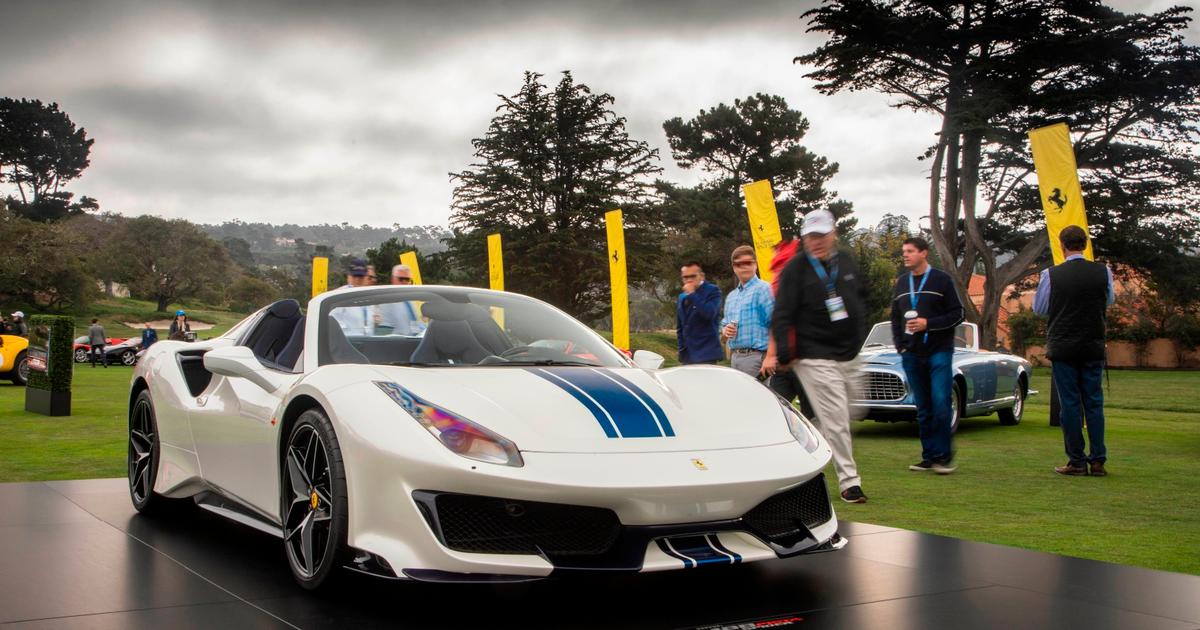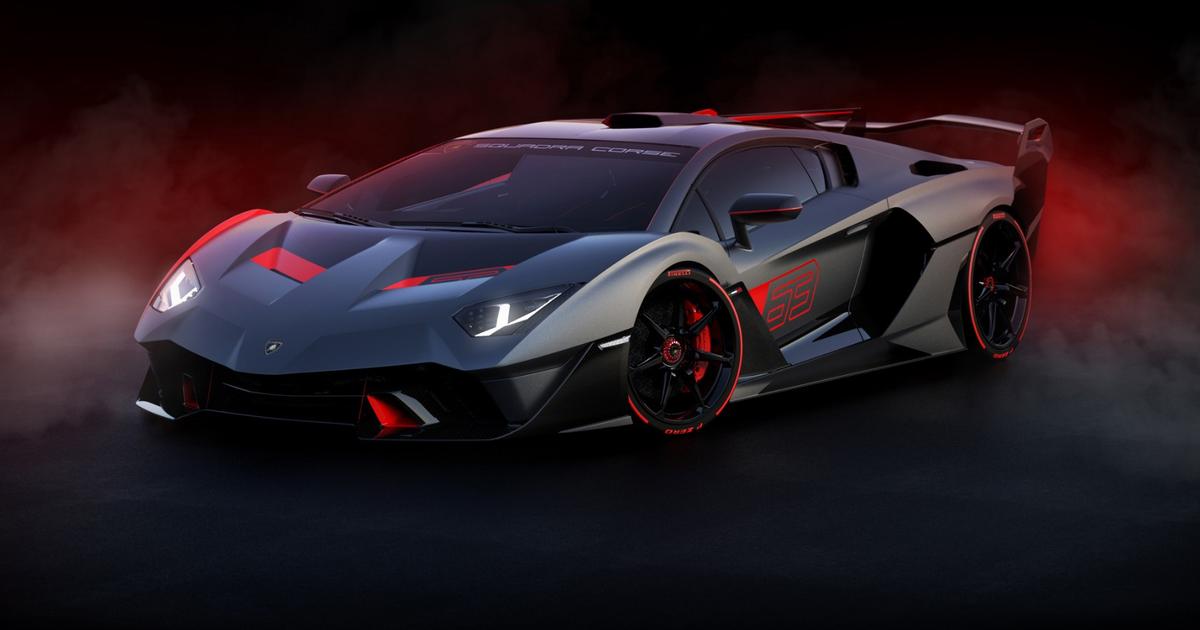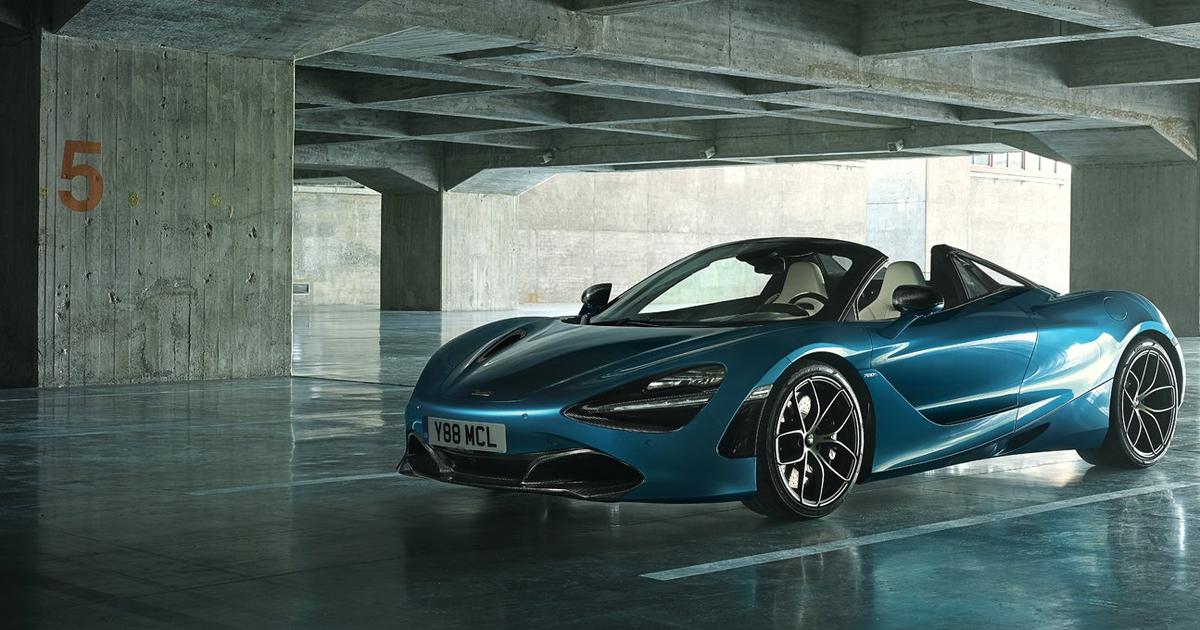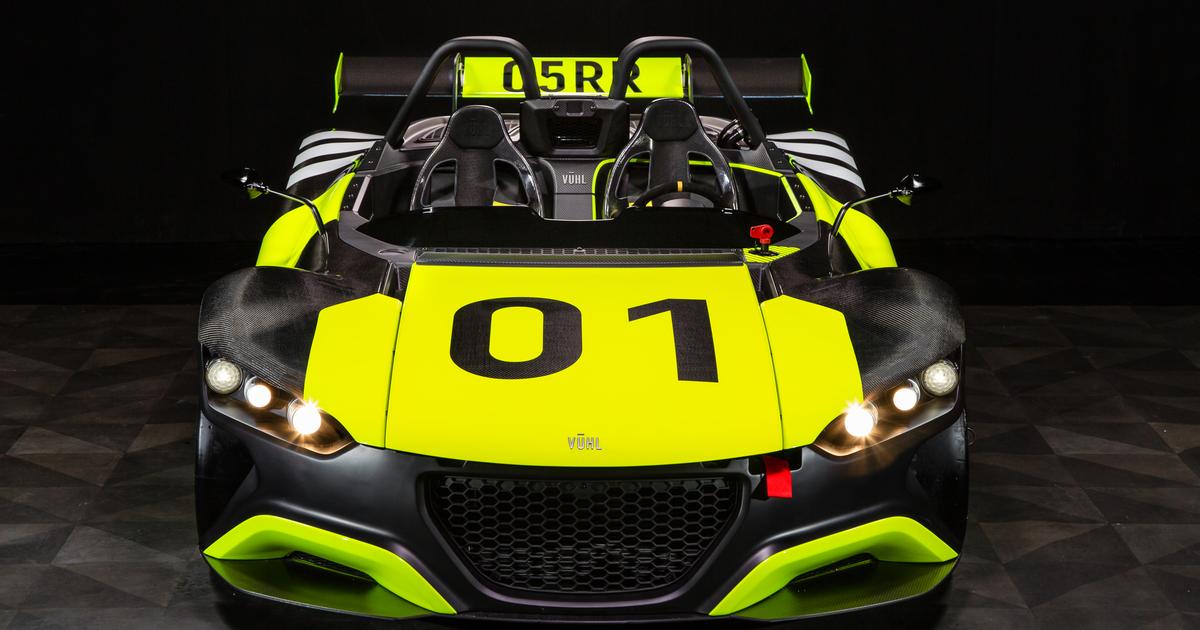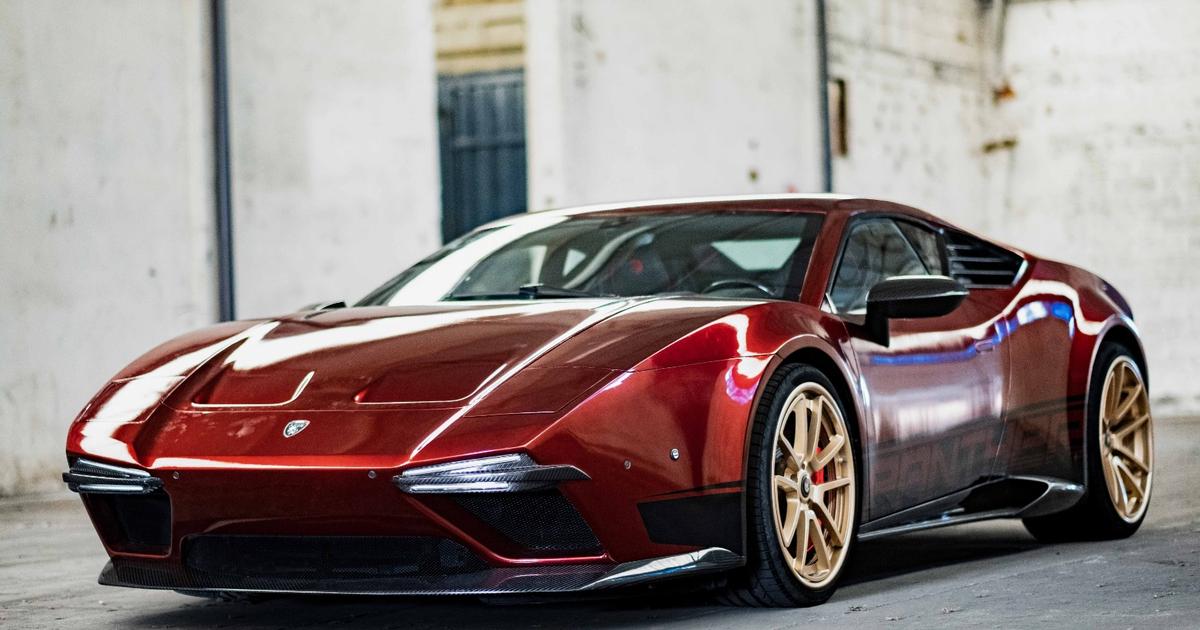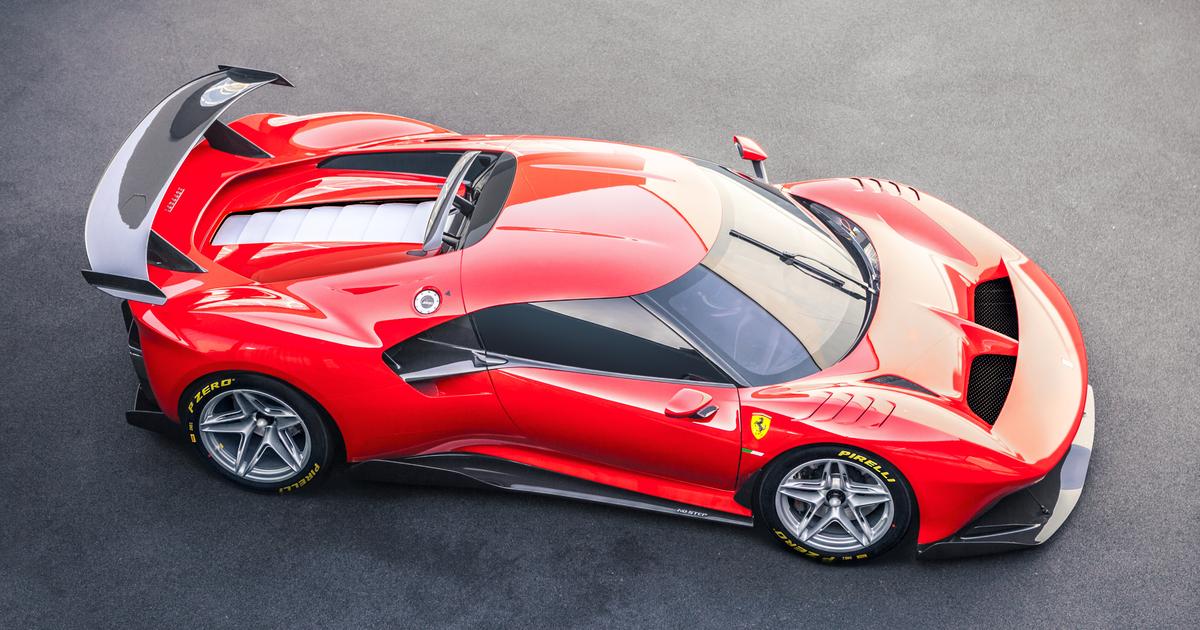FOR many years the V8 Sleuth team has been dedicated to writing about the histories of race cars of all sorts – from their build to their racing history and post-race lives.
But in this story, we delve into something at the heart, quite literally, of a Supercar.
That’s right, it’s time for us to do some Supercar Engine Sleuthing!
We touched base with the team at Walkinshaw Racing Services and its engine shop led by long-time Engine Department Manager Ryan Medew and asked him to pick us an engine to tell the story of.
And one of the ones he suggested is WR-066.
As it turns out, this engine hasn’t solely been limited to being in the engine bay of Walkinshaw’s own Commodores either and has powered Garry Rogers Motorsport and Erebus Motorsport during its time in action.
In fact, it has played a huge part in an Erebus Bathurst 1000 podium finish, Walkinshaw’s farewell to Holden and GRM’s farewell to Supercars.
First built in April 2019, WR-066 made its debut in Perth in May 2019 in the #22 WAU Commodore of James Courtney at the Perth SuperNight, though a 25th and 16th were far from ideal results.
The engine was used by his teammate Scott Pye for Winton, Hidden Valley and Townsville before heading back to Walkinshaw for a rebuild.
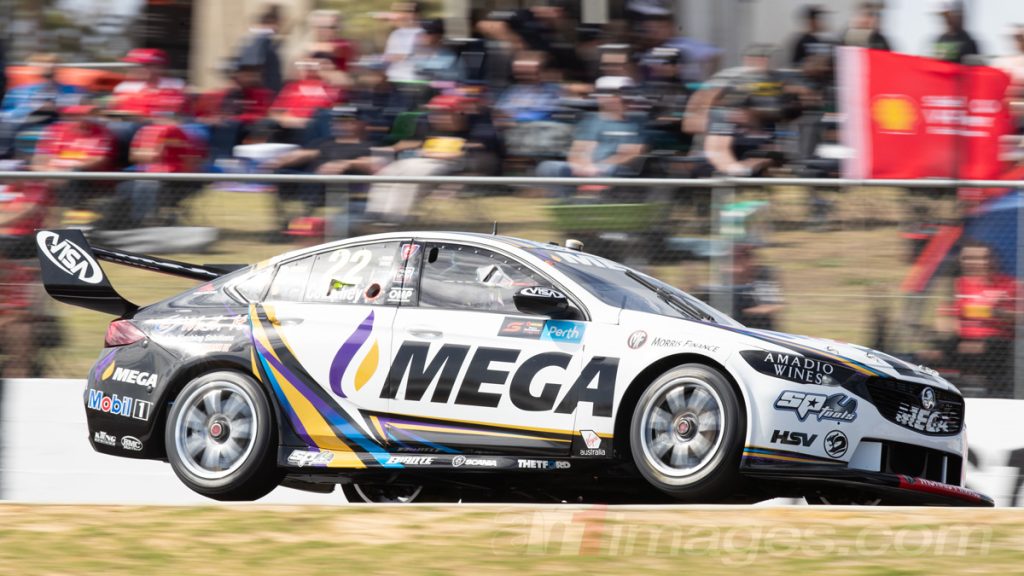
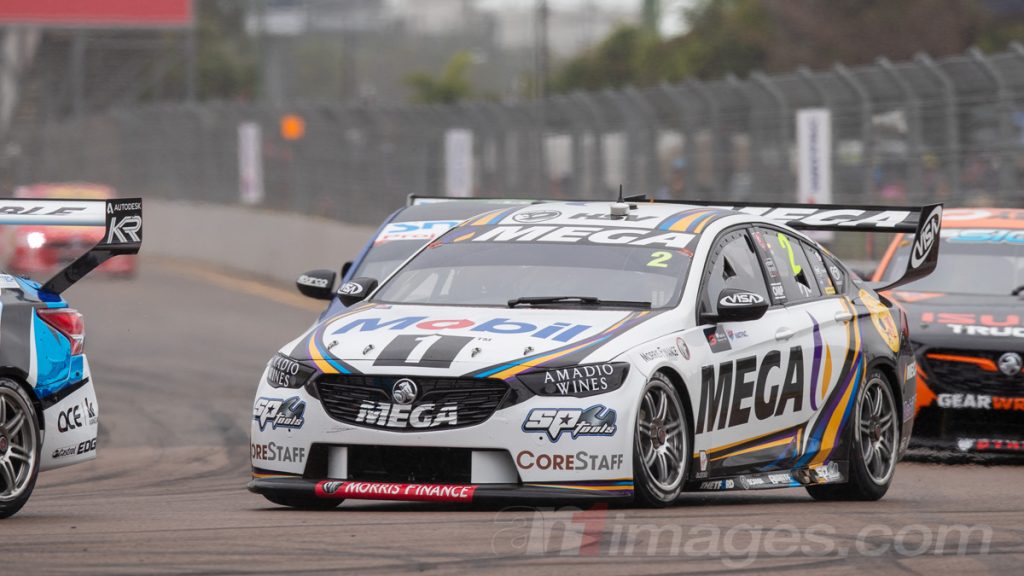
It was re-deployed to customer GRM and fitted to the #34 James Golding/Richard Muscat Boost Mobile Commodore ZB that finished an impressive 11th in GRM’s final Bathurst 1000 start as a full-time entrant.
GRM’s final full-time round came in Newcastle that year and WR-066 was back in car #34 for this final farewell event.
Rebuilt at the beginning of 2020 this engine then was supplied to Erebus for Anton De Pasquale to use at the short-lived Australian Grand Prix at Albert Park, the COVID-canning of the event pausing the championship for some time.
But just as the championship refired, so too did engine 066 and it was run in David Reynolds’ #9 Erebus car for the pair of back-to-back Townsville rounds before again being rebuilt by Walkinshaw Racing ahead of the 2021 season.
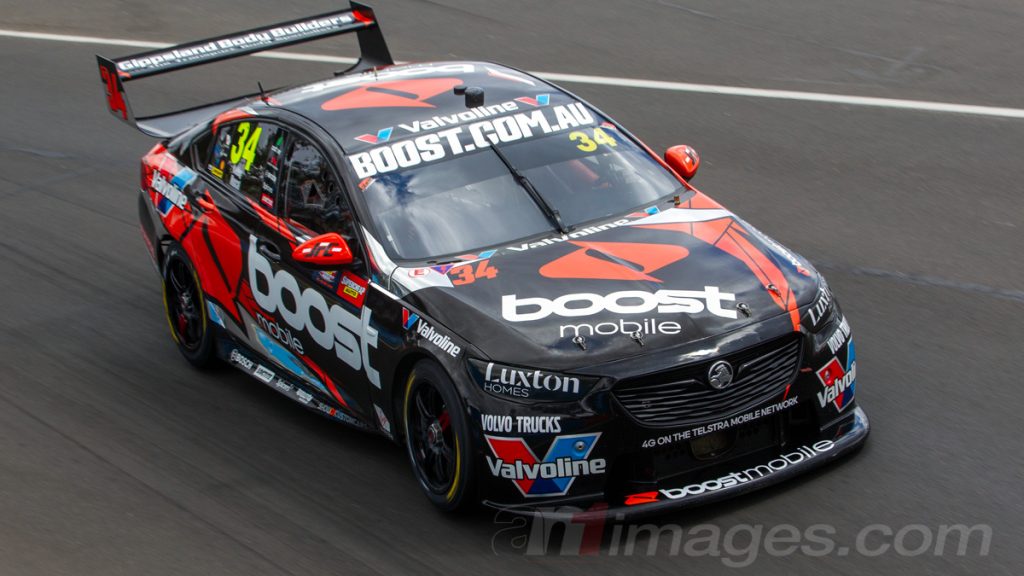


It spent much of that season powering Brodie Kostecki’s #99 Boost Mobile Erebus Commodore from the season-opener at Bathurst right through to the title-closer at the same venue, where Kostecki and David Russell charged home to third place and the duo’s first Bathurst 1000 podium result.
In between the same engine powered Kostecki to his first Supercars podium finish at Sandown as well as Symmons Plains, The Bend and Darwin before a rebuild prior to the ‘Great Race’ at Mount Panorama.
Kostecki again had engine 066 power his early 2022 season at Symmons Plains, Albert Park, Wanneroo and Winton and it underwent its sixth rebuild in July ahead of being returned to a WAU Commodore for the final part of the season.
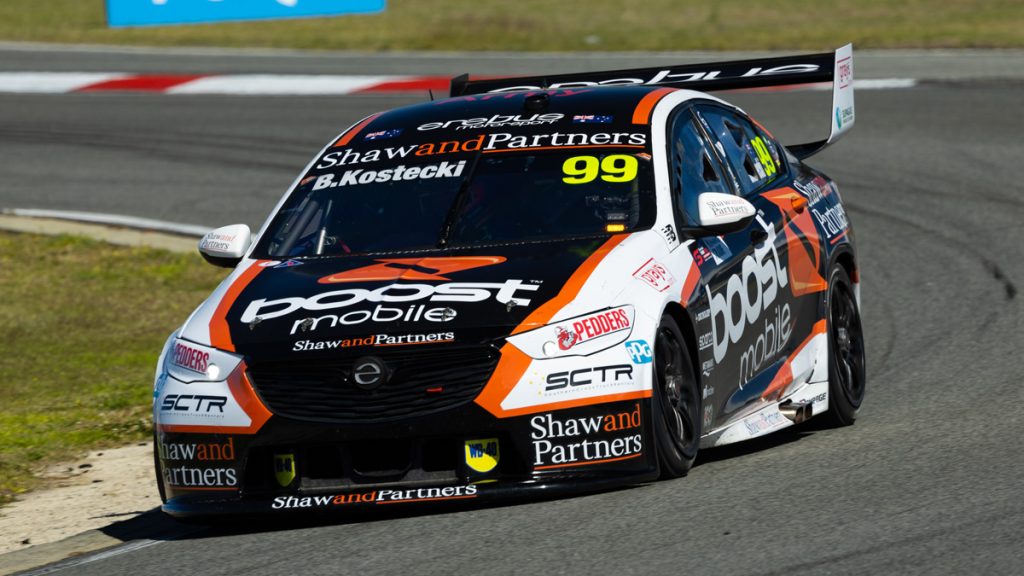
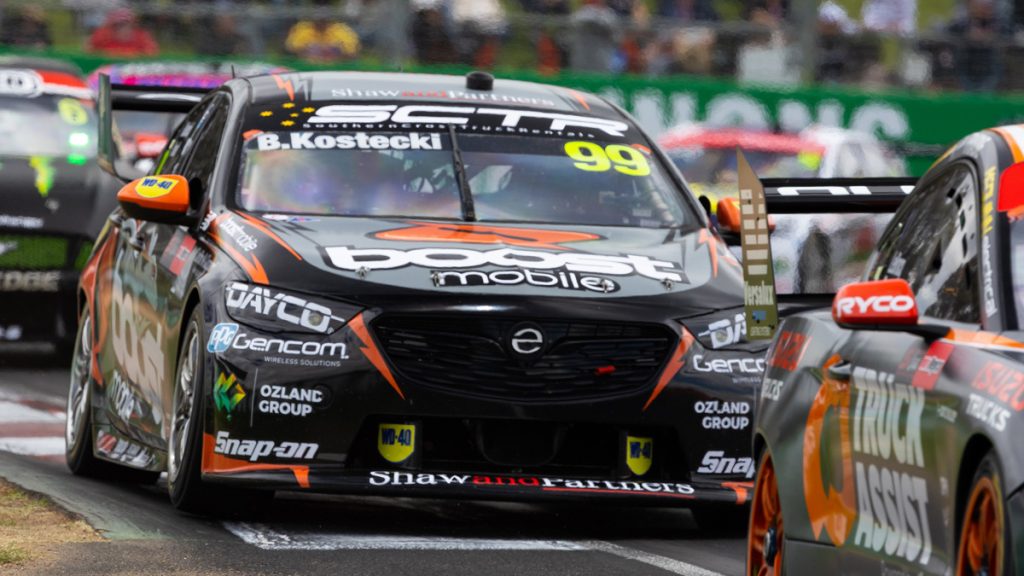
The engine was moved into Nick Percat’s #2 NTI Mobil 1 car for Pukekohe, Bathurst, Gold Coast and Adelaide, helping power Percat to second place in a team 1-2 in the Saturday race at the latter during the team’s final weekend running Commodores.
The V8 Sleuth Superstore has limited stock of the #2 Nick Percat Adelaide 500 HRT retro livery Commodore model cars in 1:18 and 1:43 stock here, grab yours now before they all go!
The Gen3 Supercars regulations may indeed mean that teams no longer can build their own engines for the Repco Supercars Championship, but the Walkinshaw operation’s engine shop is still busy in the business of engines servicing Super2 motors that power young guns Zach Bates and Campbell Logan.
And beyond that there’s plenty of scope for more work, as evidenced by the recent relaunch of Walkinshaw Racing Services.
The Clayton-based business encompasses a wide range of race car performance solutions for all levels of the sport and has a range of elements it says can be used by small, medium and large motorsport businesses in all facets of the sport, including circuit racing, speedway and rallying.
Its manufacturing capabilities include CNC machines and 3D printers, a chassis build and fabrication shop, and paint and panel shops, as well as its well-known engine shop.
The WRS engine arm services engines for a range of other clients, including work for Supercar teams as well as Melbourne Performance Centre on its V10 Audi GT3 powerplants. It also handles new race and road engine builds, including Ford and Holden V8s, as well as restorations.
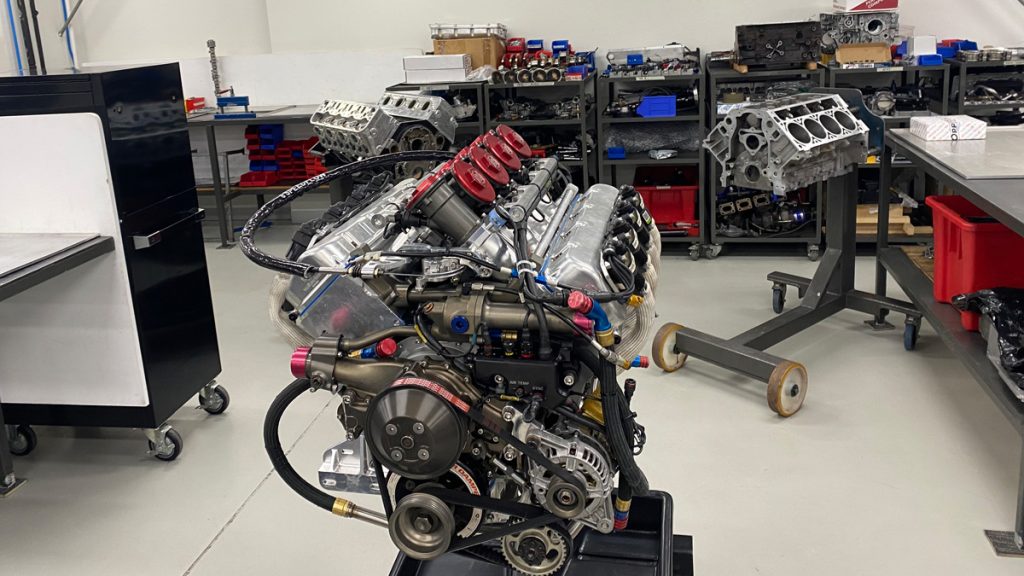
Prior to Gen3 the Walkinshaw engine shop supplied Supercars powerplants to Erebus Motorsport and Garry Rogers Motorsport as well as its own Walkinshaw Andretti United squad and a range of Super2 teams including Image Racing.
“We have got six of the Chev Supercar engines remaining,” Medew told V8 Sleuth.
“We’re looking to release one last famous Walkinshaw Racing engine to an interested buyer before we save the last five for our current Super2 program.
“At our largest we had 28 engines, but most of these have been sold off over time. They run for 4000 kilometres between rebuilds.
“All up we have built 71 engines. WR-071 (run by young gun Logan at Bathurst this year) is the last WR-built Supercar engine and there’s no plans at this stage to build anymore.
“Engines 1 to 25 were all ‘18-degree’ engines and then from 26 onwards they have been the ‘Aurora’ engine.”
Next time we’ll delve into the history of another Walkinshaw engine that has powered the team’s Supercars, one that gave the team a winning send-off from a chapter of its history …
